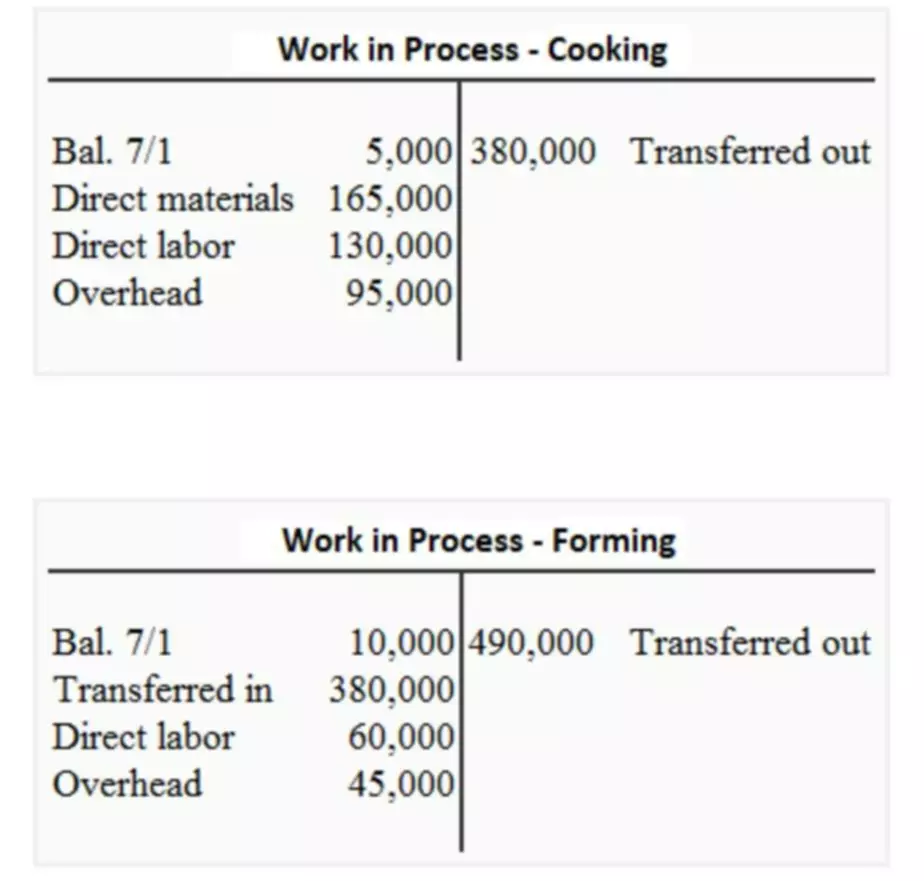Content

Retained earnings are presented on the balance sheet of a company, as an asset. Sometimes when a company wants to reward its shareholders with a dividend without giving away any cash, it issues what’s called a stock dividend. This is just a dividend payment made in shares of a company, rather than cash. Thus retained earnings are said to be part of net profit after deducting the dividend to be paid to the shareholders. It will accumulate over time to utilize them for Future funding consequences, which may arrive in the corporation at any point in a future date. Reserves And SurplusReserves and Surplus is the amount kept aside from the profits that are to be used either for the business or for the shareholders to pay out dividends. Reserves and surplus is reflected under shareholders funds in the balance sheet.
- As with all profits, earnings that are retained are taxed at the Commercial level when recognized.
- Revenue is income earned from the sale of goods or services and is the top-line item on the income statement.
- Anything that affects net income, such as operating expenses, depreciation, and cost of goods sold, will affect the statement of retained earnings.
- Note that financial projections and financial forecasting can provide an estimate of the retained earnings that might be available for reinvestment.
It doesn’t matter which accounting method you’re using, you can still create a retained earnings statement. The only difference is that accounts receivable and accounts payable balances would not be factored into the formula, since neither are used in cash accounting. For those recording accounting transactions in manual ledgers, you should be sure closing entries have been completed in order to properly calculate retained earnings. Those using accounting software will have their retained earnings balance calculated without the need for additional journal entries.
Step 3: Add Net Income From the Income Statement
FREE INVESTMENT BANKING COURSELearn the foundation of Investment banking, financial modeling, valuations and more. A look behind the data from Wave’s annual engagement survey and into what we’re doing to foster diversity, equity, and inclusion inside and outside the office. Herbert is the owner of Meow Bots, a startup that sells robot cats, and he wants to hire new developers. Before he can hire any new employees, Herbert needs to know how much money he has on hand to invest. As you can see, once you have all the data you need, it’s a pretty simple calculation—no trigonometry class flashbacks required. For freelancers and SMEs in the UK & Ireland, Debitoor adheres to all UK & Irish invoicing and accounting requirements and is approved by UK & Irish accountants.

The retained earnings figure can be used to calculate several key ratios, including the return on equity and the debt-to-equity (D/E) ratio. The ROE measures how efficiently a company is using its profits to generate returns for shareholders, while the D/E ratio indicates how leveraged a company is. Both of these ratios can be used to evaluate a company’s financial health and prospects for future growth. The amount of a corporation’s retained earnings is reported as a separate line within the stockholders’ equity section of the balance sheet. However, the past earnings that have not been distributed as dividends to the stockholders will likely be reinvested in additional income-producing assets or used to reduce the corporation’s liabilities. Due to the nature of double-entry accrual accounting, retained earnings do not represent surplus cash available to a company. Rather, they represent how the company has managed its profits (i.e. whether it has distributed them as dividends or reinvested them in the business).
Retained Earnings
Check out our list of the 37 basic accounting terms small business owners need to know. However, https://quickbooks-payroll.org/ is not a pool of money that’s sitting in an account.
- Retained Earnings are the portion of a business’s profits that are not given out as dividends to shareholders but instead reserved for reinvestment back into the business.
- Retained earnings are the amount of net income left over for the business after it has paid out dividends to its shareholders.
- There are businesses with more complex balance sheets that include more line items and numbers.
- This allows users to work in the comfort of Microsoft Excel with the support of a much more sophisticated data management system at their disposal.
- The other key disadvantage occurs when your retained earnings are too high.
- The fact that our system works this way does not reflect poorly on the managers or directors of the big corporations, nearly all of whom operate ethically and with the best intentions.
It can be invested to expand existing business operations, like increasing the production capacity of the existing products or hiring more sales representatives.
Age of the Business
Now, add the net profit or subtract the net loss incurred during the current period, that is, 2019. Since company A made a net profit of $30,000, therefore, we will add $30,000 to $100,000. The retained earnings amount can also be used for share repurchase to improve the value of your company stock. Retained earnings are listed under equity because they are earnings owned by the company, rather than assets that may be in the company’s possession currently but not owned outright. Note that financial projections and financial forecasting can provide an estimate of the retained earnings that might be available for reinvestment. That insight is just one benefit of a forecasting exercise for all-size companies. Credit BalanceCredit Balance is the capital amount that a company owes to its customers & it is reflected on the right side of the General Ledger Account.
Accounting software can help any business accurately calculate its retained earnings, as well as streamline accounting processes and helping ensure accuracy and compliance with regulations. The same elements that affect net income affect retained earnings, including sales revenue, cost of goods sold, depreciation and a range of other operating expenses. Retained earnings are calculated by subtracting distributions to shareholders from net income. Retained earnings are key in determining shareholder equity and in calculating a company’s book value.